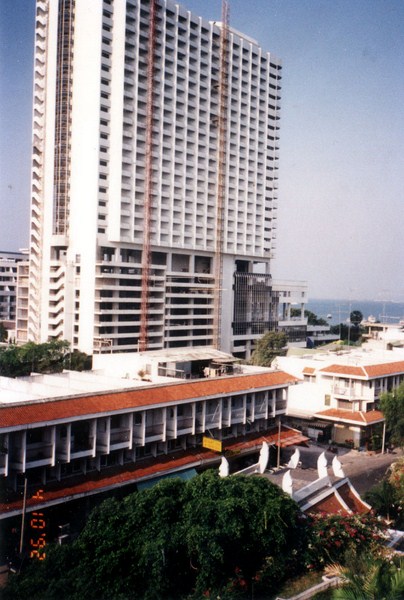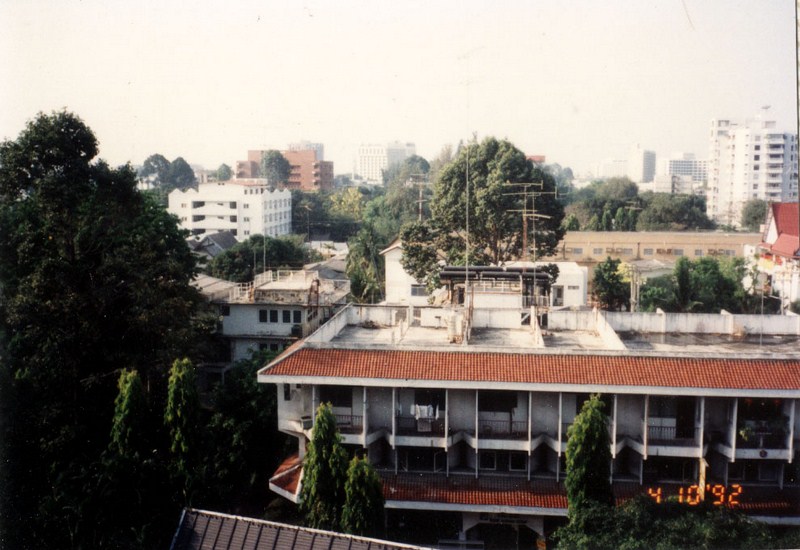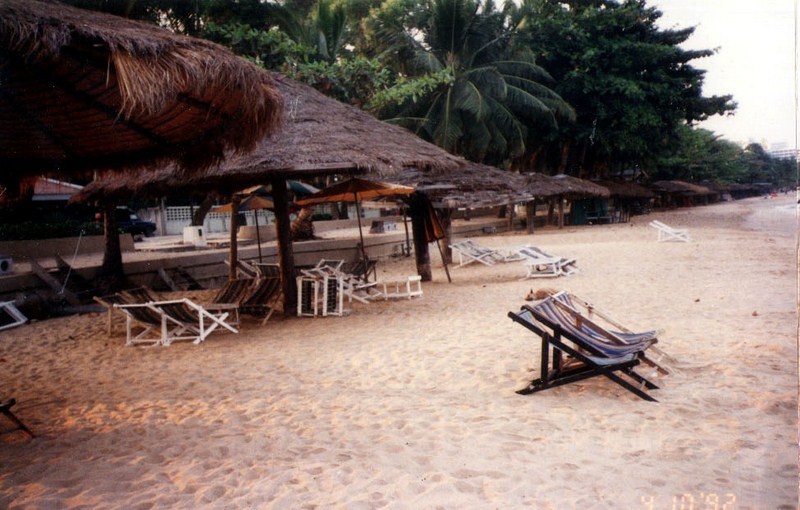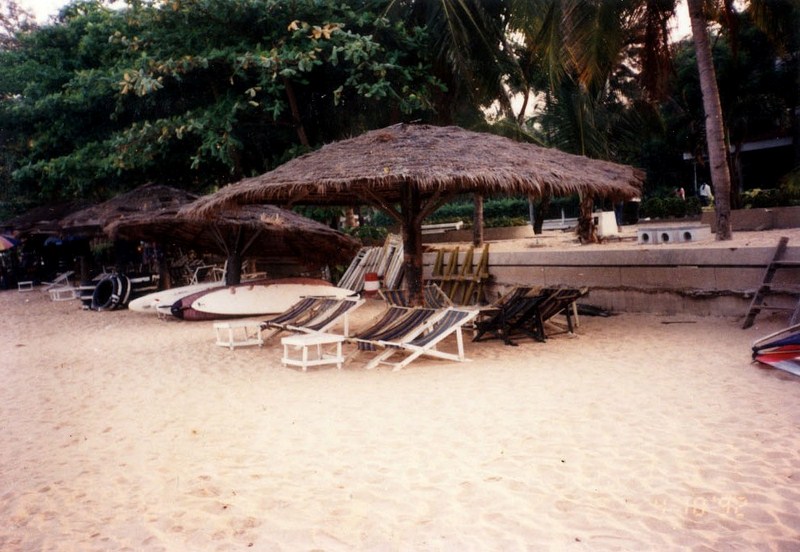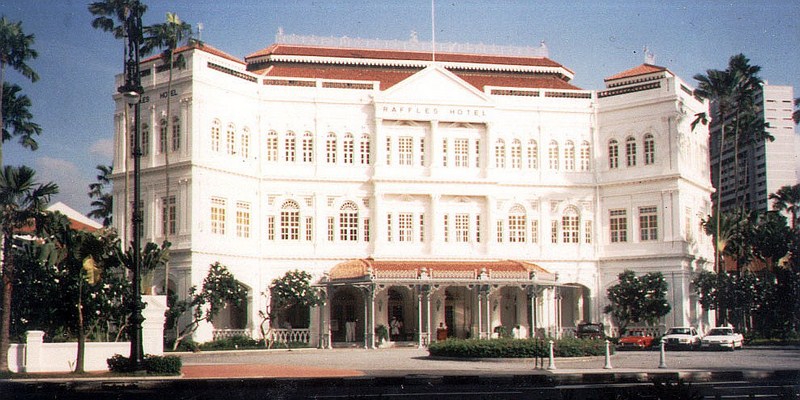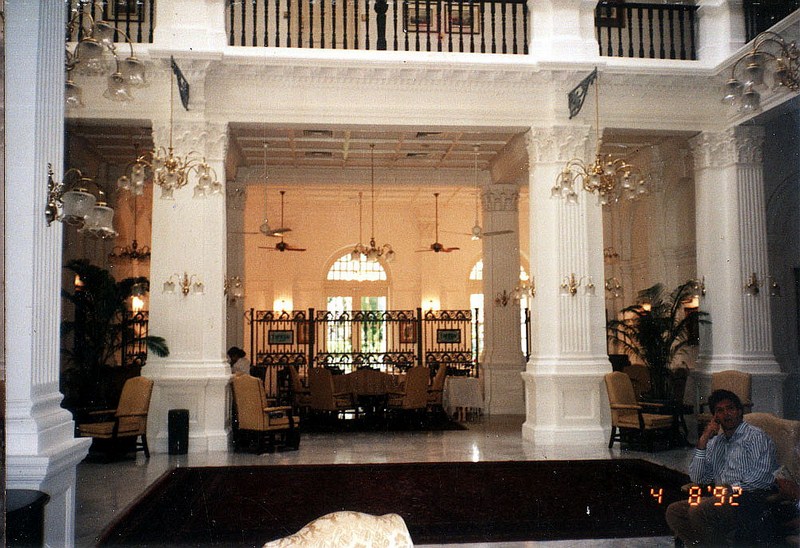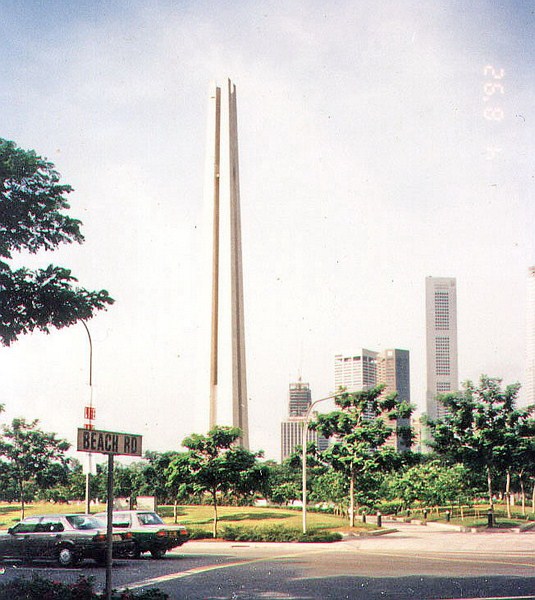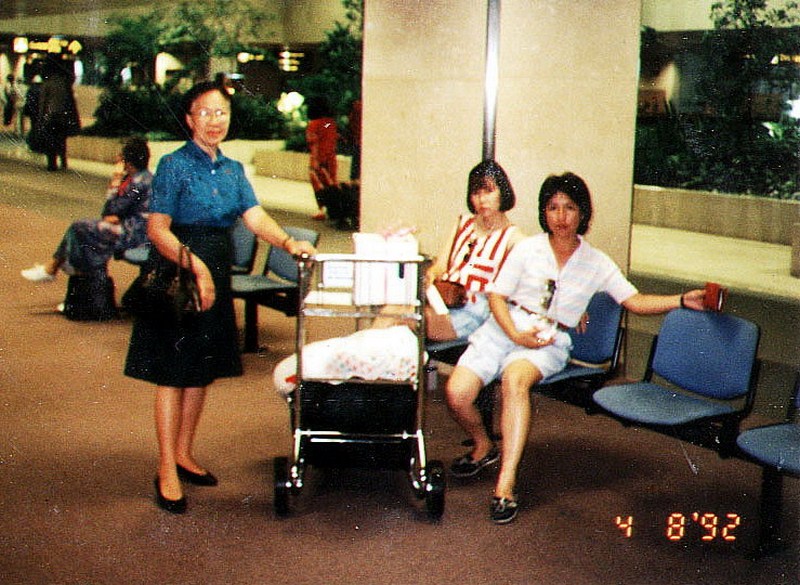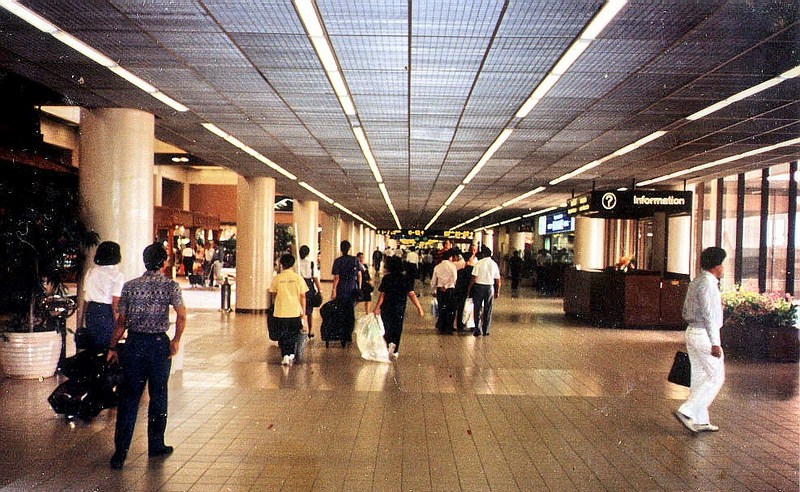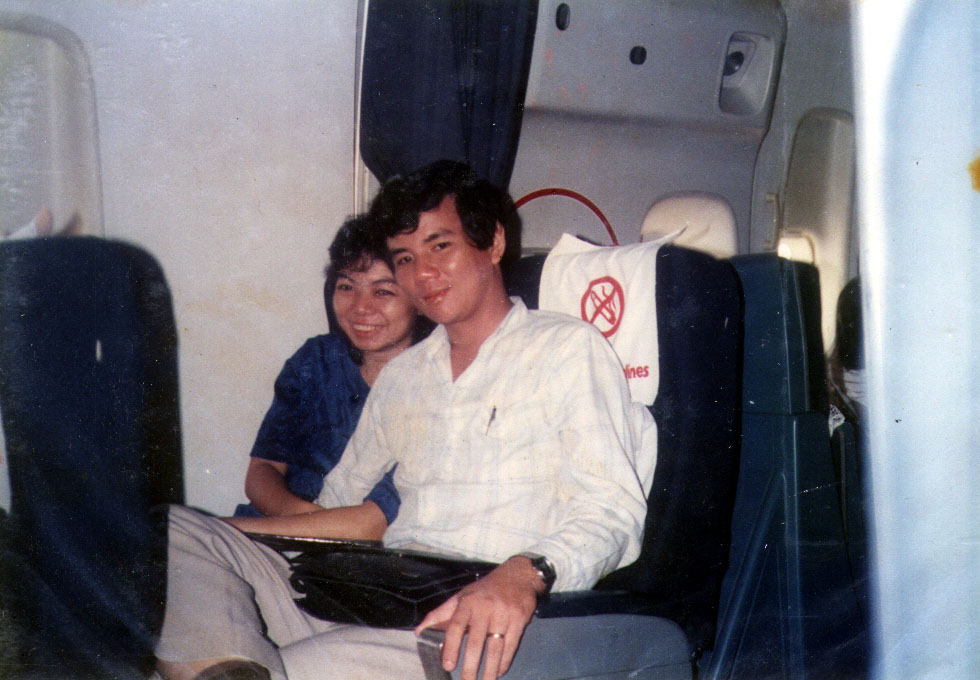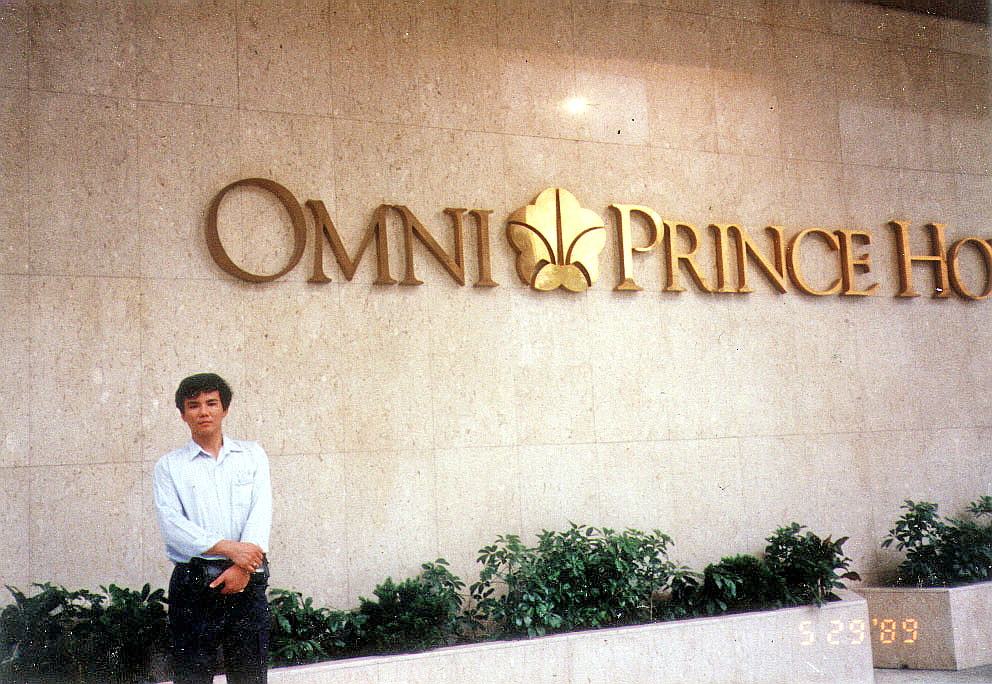We decided, due to the late hour, to spend the night in Taal. Driving back to the municipal hall, we stopped at nearby Casa Punzalan, Taal’s first pensionnne. The ancestral home of the prominent Punzalan family, it was leased by Mr. Jesus Samala Punzalan, Jr. and Capt. Nieto Punzalan, at no cost, to the Taal Heritage Foundation. We were welcomed by Ms. Betty Lualhati, a U.S. balikbayan and one of the foundation’s members.
 |
| Jandy at Casa Punzalan |
The foundation was, together with the Department of Tourism and in close coordination with the municipal government, in the forefront of Taal’s recent failed campaign to be included in the World Heritage List of the UNESCO (United Nations Educational, Scientific and Cultural Organization). They also organized the Taal Heritage Tour (or Taal Walking Tour), an educational, enriching and entertaining guided tour that allows the visitor to experience the lifestyle of the town; its culture, arts, crafts and the warm hospitality of the people.
It just so happened that we were the only boarders at Casa Punzalan for the night, and I not only got the feel of Taal’s 19th century lifestyle, but also a tingling feeling one gets when one stays alone in a old, haunted house. The inn has 7 rooms, all named after owners (Graciano and Juliana) and their children; 5 of them fan-cooled (PhP600) and 2 airconditioned (PhP1,00-1,200), all accessed by a grand staircase. It also has common baths (mens and ladies), a living room (sala), a coffee shop and a gift shop. We opted to stay at the corner and well ventilated Graciano Room with its excellent view of the basilica and park from its capiz windows. After a well-deserved bath at the modern-looking common bathroom, we retired to an uneventful sleep.
 |
| Graciano Room |
We were awaken at 6 A.M., stirred by the sound of crowing roosters, packed our bags and were off, after an early breakfast at Lemery, to Cuenca and its stately 1,145-m. high guardian, Mt. Makulot.
Casa Punzalan: cor. C. Ilagan and P. Gomez St., Brgy. Poblacion 7, Taal, Batangas. Tel: (043) 408-0084.
Taal Heritage Foundation: Casa Punzalan, Taal, Batangas. Tel: (043) 421-3034, 421-1053 & 421-1071. Fax: (043) 408-0577.











